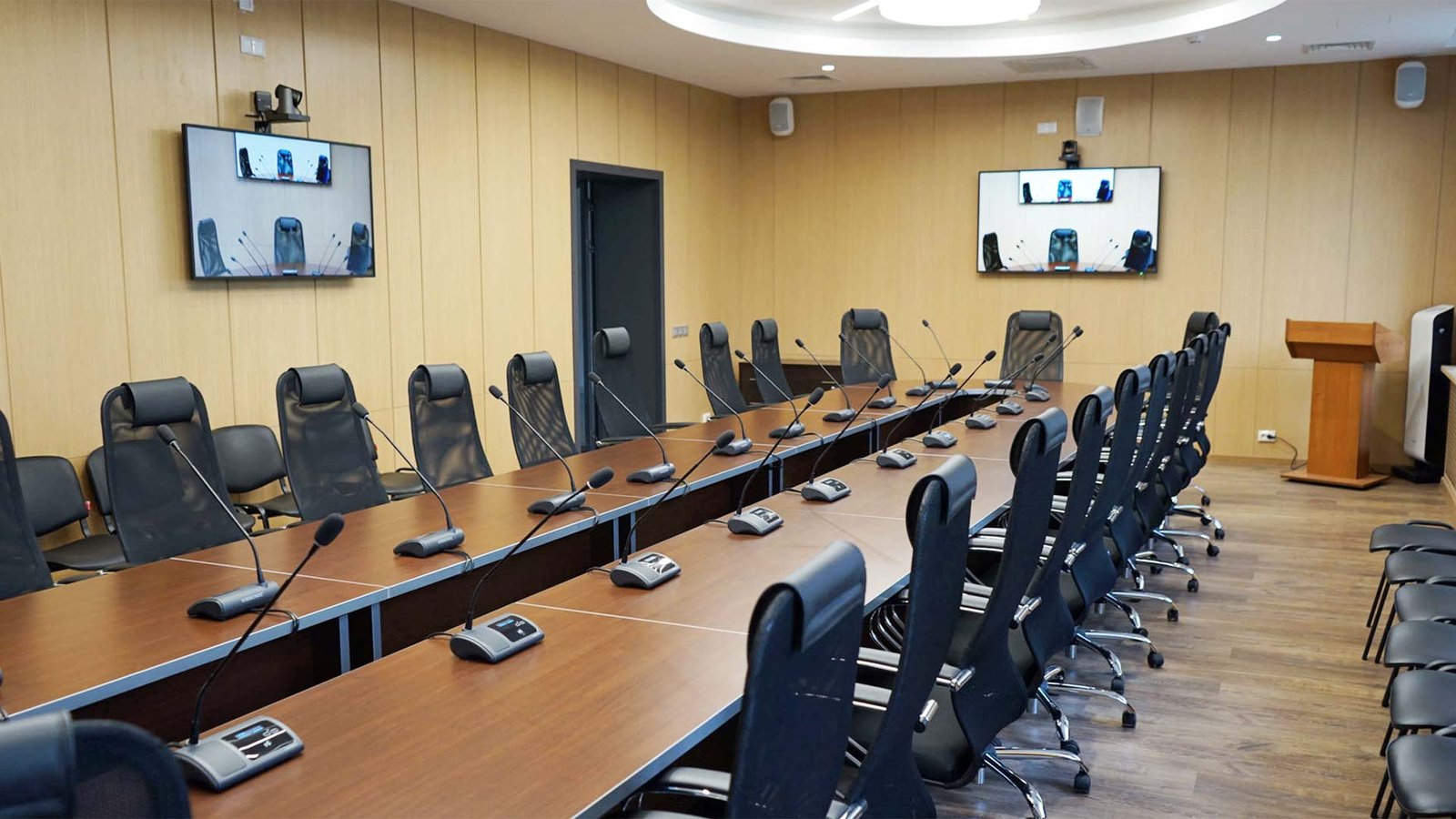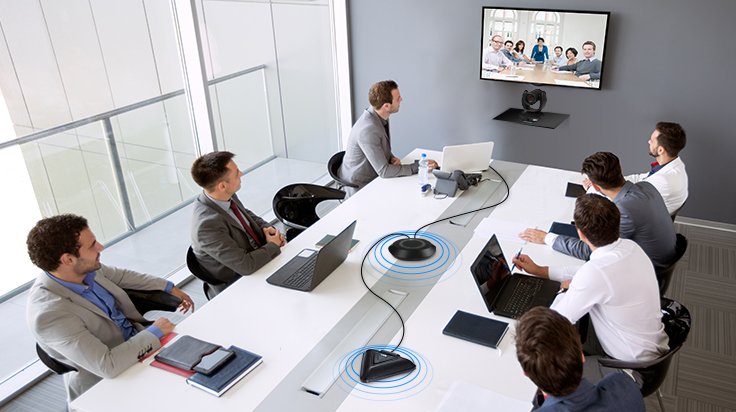How to Choose the Right Conference System for Your Organization
In today’s fast-paced business environment, having an effective conference system is essential for seamless communication and collaboration. Choosing the right conference system can enhance productivity, improve meetings, and facilitate better teamwork. This blog post guides you through the key factors, features, and best practices for selecting a conference system that fits your organization’s needs.
Key Factors to Consider
1. Assess Your Organization’s Needs
Size and Scope
Consider the size of your organization and the scale of your conferencing needs. Are you looking for a system that supports small team meetings, or do you need a solution for large-scale conferences with participants from around the globe?
Types of Conferences
Determine the types of conferences you conduct—whether they are audio-only, video, or web-based—and choose a system that supports these formats effectively.
2. Evaluate Features and Capabilities

Audio and Video Quality
Ensure the system provides high-quality audio and video capabilities. Look for features like HD video, noise-cancellation, and clear audio to enhance the meeting experience.
Integration with Other Tools
Check if the conference system integrates with other tools your organization uses, such as email platforms, calendar applications, and collaboration software. Integration can streamline workflows and improve productivity.
User Interface and Ease of Use
Choose a system with an intuitive user interface that is easy to navigate. A user-friendly system minimizes the learning curve and reduces the time spent on technical issues.
Scalability and Flexibility
Select a conference system that can scale with your organization’s growth. Ensure it can accommodate an increasing number of participants and adapt to changing conferencing needs.
3. Consider Security and Compliance
Data Security
Ensure the conference system provides robust security features, such as encryption for data in transit and at rest. This is crucial for protecting sensitive information during meetings.
Compliance with Regulations
Verify that the system complies with relevant regulations and standards, such as GDPR or HIPAA, if your organization handles sensitive data or operates in regulated industries.
4. Assess Cost and Budget
Pricing Model
Understand the pricing model of the conference system. Some systems charge based on the number of users, features, or usage time, while others offer flat-rate pricing.
Total Cost of Ownership
Consider the total cost of ownership, including initial setup costs, ongoing subscription fees, and potential costs for upgrades and maintenance.
Key Features to Look For
1. High-Quality Audio and Video
- HD Video: Provides clear, high-definition video for a more engaging meeting experience.
- Noise-Cancellation: Reduces background noise to ensure clear audio during discussions.
2. Screen Sharing and Collaboration Tools
- Screen Sharing: Allows participants to share their screens for presentations and demonstrations.
- Whiteboarding and Annotations: Facilitates real-time collaboration and brainstorming during meetings.
3. Recording and Archiving
- Meeting Recording: Enables you to record meetings for future reference or for those who could not attend.
- Cloud Storage: Provides secure storage for recorded meetings and shared files.
4. Mobile and Remote Access
- Mobile Compatibility: Ensures that the system is accessible from mobile devices, allowing participants to join meetings from anywhere.
- Remote Access: Supports remote workers and teams with features that work seamlessly from various locations.
5. Support and Training
- Customer Support: Look for a provider that offers reliable customer support, including technical assistance and troubleshooting.
- Training Resources: Ensure there are resources available for training users on how to effectively use the system.
Best Practices for Choosing a Conference System
1. Conduct a Needs Assessment
- Survey Users: Gather feedback from potential users to understand their needs and preferences.
- Analyze Current Systems: Evaluate your current conferencing tools and identify any gaps or areas for improvement.
2. Test the System
- Request Demos: Ask for demonstrations or trial versions of the conference system to assess its performance and usability.
- Conduct Pilot Testing: Run a pilot test with a small group of users to evaluate the system’s effectiveness in real-world scenarios.
3. Evaluate Vendor Reputation
- Research Vendors: Investigate the reputation and track record of conference system vendors. Look for reviews, case studies, and customer testimonials.
- Check for Reliability: Ensure that the vendor offers a reliable system with minimal downtime and robust performance.
4. Consider Future Growth
- Plan for Expansion: Choose a system that can grow with your organization’s needs and adapt to future technological advancements.
- Upgrade Options: Verify that the system can be easily upgraded or expanded as your requirements evolve.
Conclusion
Choosing the right conference system is crucial for enhancing communication and collaboration within your organization. By assessing your needs, evaluating features, considering security and compliance, and analyzing cost, you can select a system that meets your requirements and supports your business objectives. Follow best practices for testing, vendor evaluation, and future planning to ensure a successful implementation and optimal use of your conference system.



